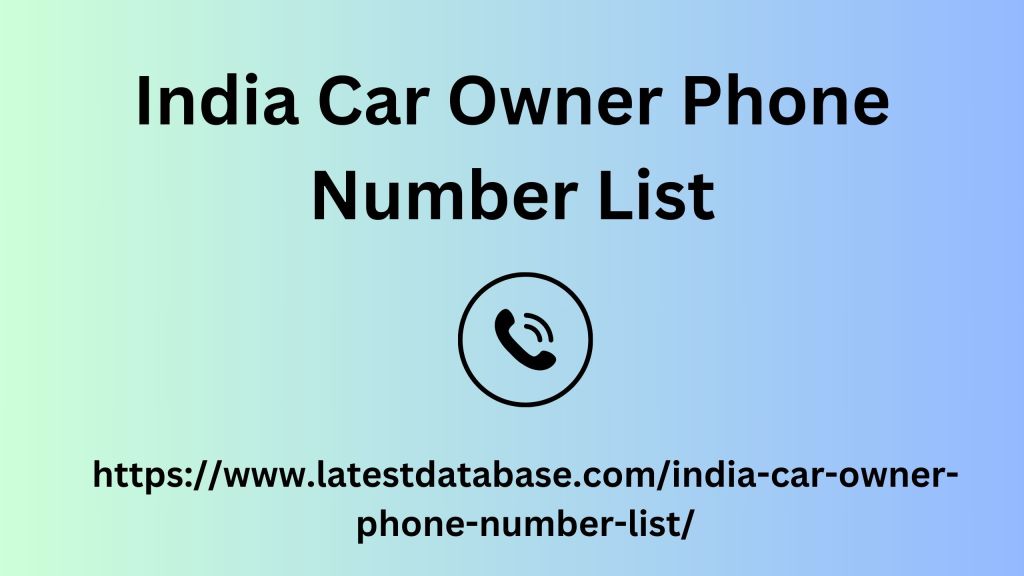|
|
Google And how does Google actually do it? On its About page , the Internet giant first informs the user about its purpose (the “message”): Google's goal is to organize the world's information and make it accessible and usable for everyone at any time. Areas are then teased that are of interest to users or different groups of users: the philosophy and principles behind Google, information about careers or investments... The outdoor company Globetrotter not only presents itself in a company portrait, but also shows the development of its online presence since 1993, presents its values and awards it has received.
Globetrotter company page Kreuz.de The craft company Kreuz GmbH has found India Car Owner Phone Number List a serious and convincing way to introduce itself and its philosophy to site visitors: Under "What we stand for" the potential customer finds out who he is dealing with: namely a company whose employees "listen" to the customer and who place great value on "quality" - both good arguments to dissuade those wanting to restructure Kreuz GmbH to convince. Company Kreuz GmbH Finally, it remains to be said: Heed our tips and tell the user more about yourself if you don't already do so. There is no “recipe” for the perfect About Us and Team page, but one thing is certain: If you don’t provide the user with personal reference points, you’re wasting a lot of trust potential!Infographics are becoming more and more important in marketing for companies and newspapers.

But what is an infographic actually and when do you use it? What are the no-gos? The professor of information design and media theory, also co-initiator of the German Infographics Prize, Michael Stoll, from the Augsburg University of Applied Sciences answers us to this and more. Prof. Michael Stoll Professor of information design and media theory Michael Stoll from the Augsburg University of Applied Sciences. ©Prof. Andreas Kunert Infographics aren't really new, but they've been booming over the last 20 years.
|
|
